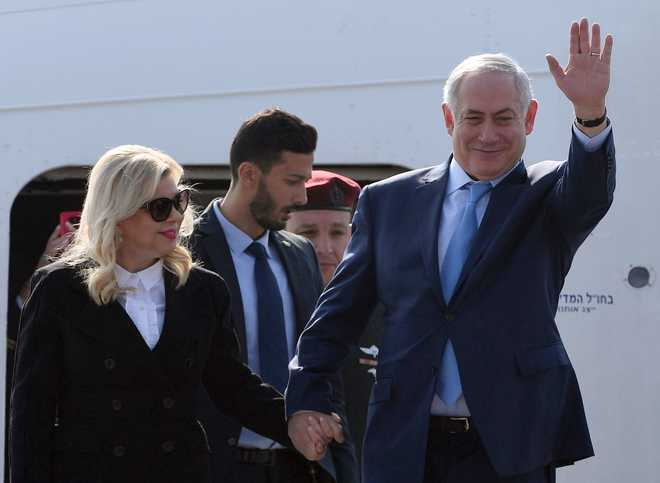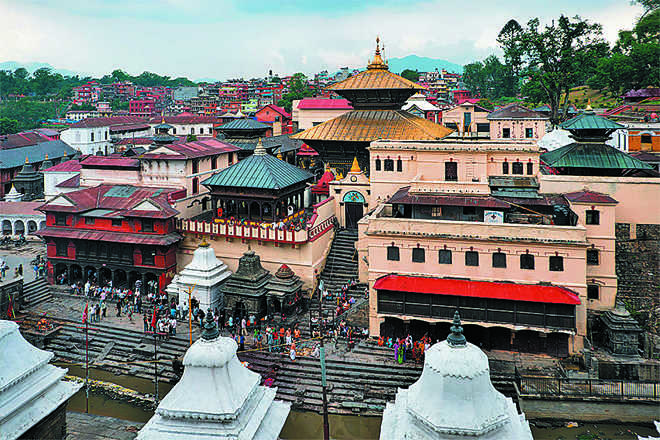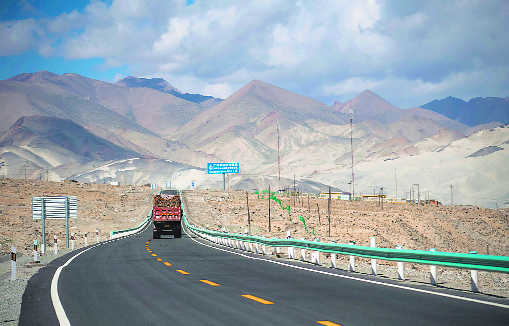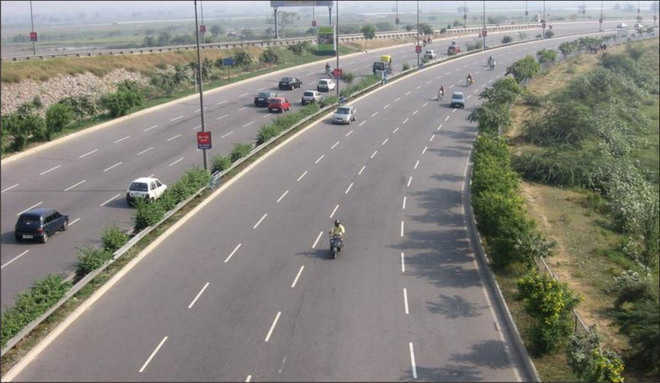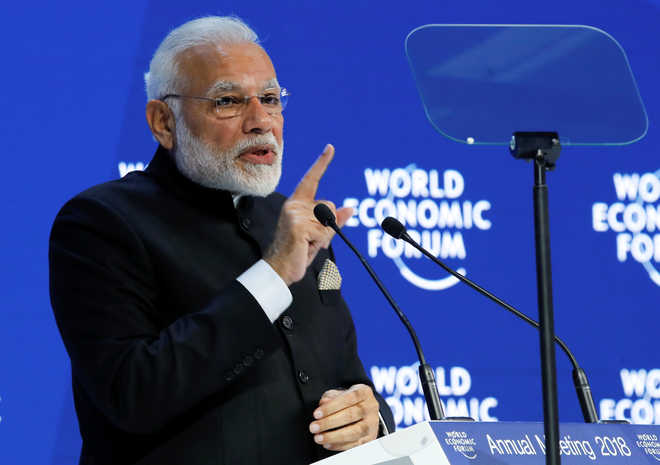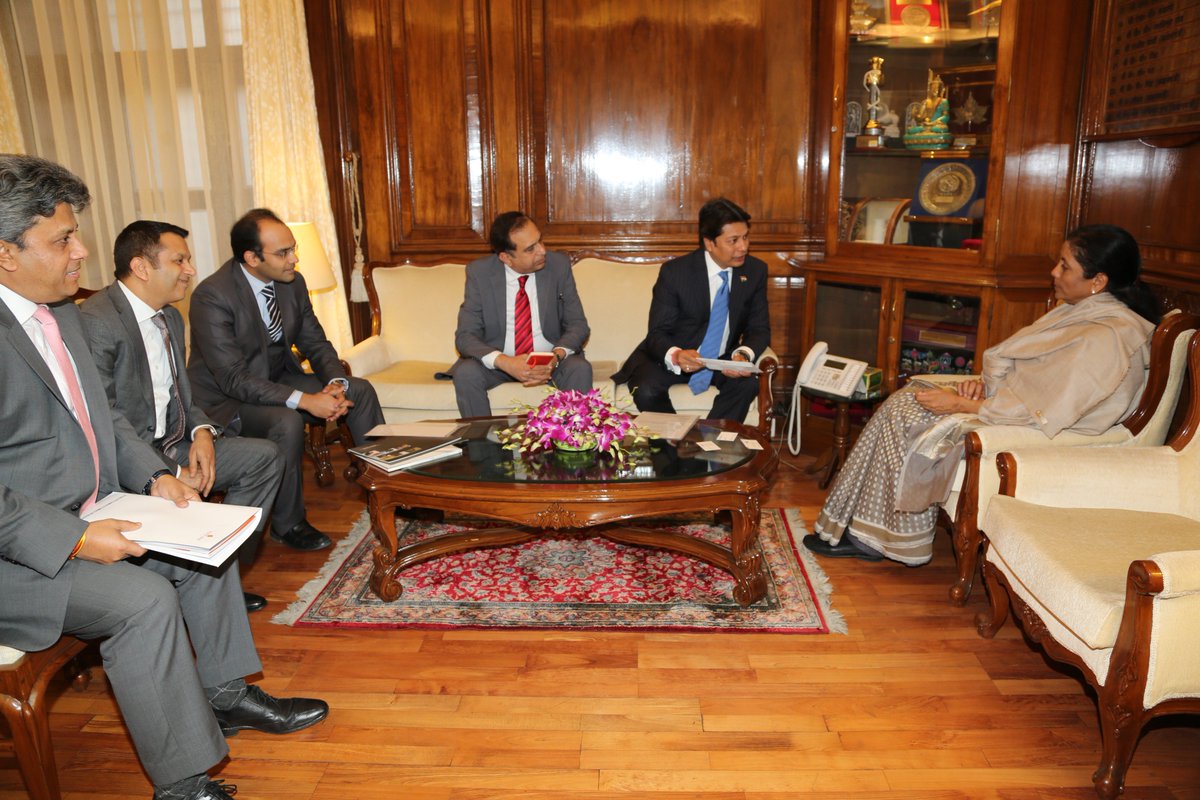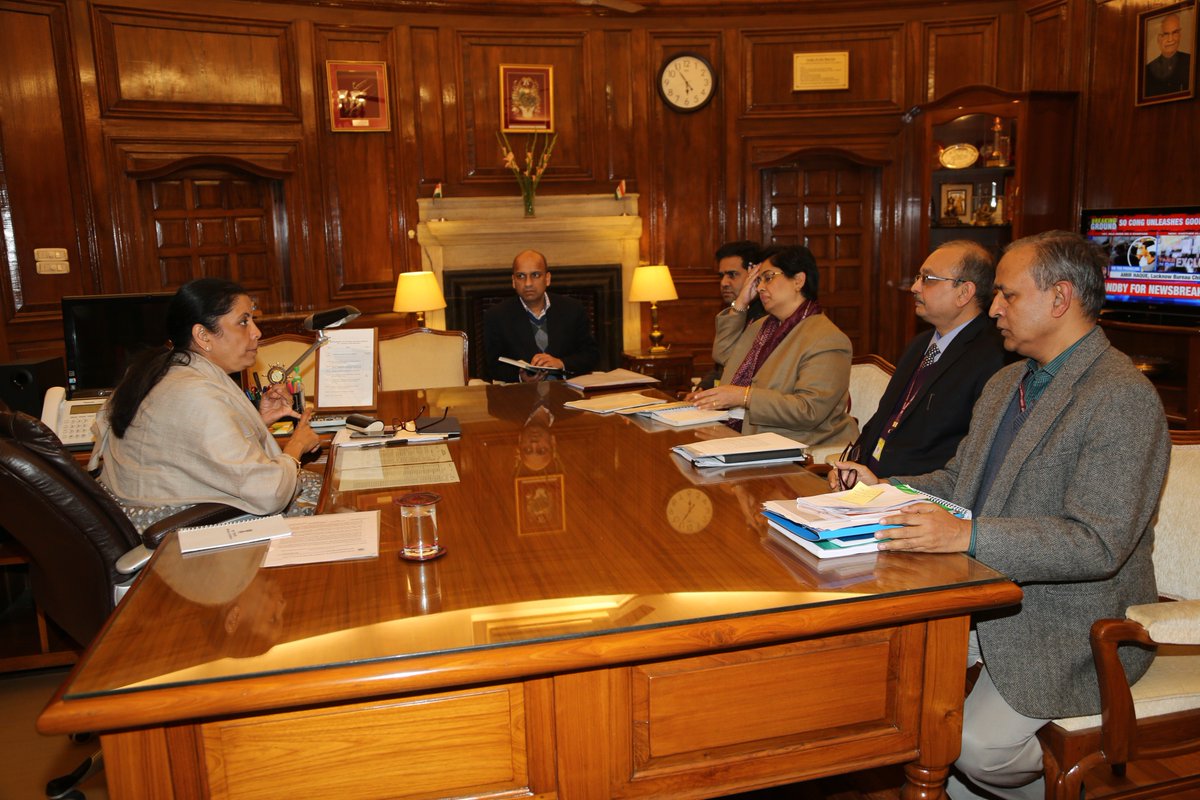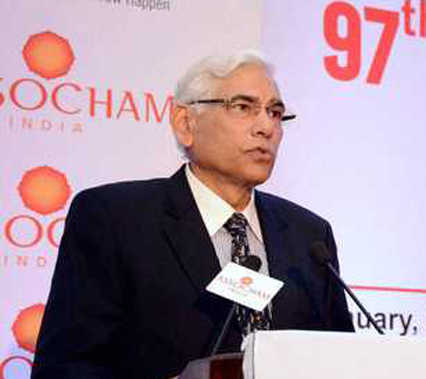
Former CAG Vinod Rai. File photo
Singapore, January 17
Former Comptroller and Auditor General of India (CAG) Vinod Rai has suggested that the IAS officers should be given training in specialised areas, like infrastructure and education, have a fixed tenure of three years and not be replaced frequently to allow them to deliver in the country’s progress.
He also said that the Indian civil service still attracts the “very best” of the people as it provides them “substantial” opportunities that have opened up within the country.
“I make a strong recommendation that there is a strong need to train civil servants in specialised areas, which are among other sectors of the economy which require specialised civil servants,” Rai said while responding to a question after delivering a lecture on “The Indian Civil Service: Has it Delivered?” at the Singapore’s Institute of South Asian Studies on Tuesday.
Rai is a distinguished visiting research fellow of the Institute and a former IAS officer who served as the 11th CAG of India, between January 2008 and May 2013.
He was appointed as the interim president of the Board of Control for Cricket in India (BCCI) by the Supreme Court of India in January last year.
“Specialise the civil servants, give them a tenure of at least three years and stop their frequent replacements.
“Frequent replacements of civil servants, as it has been happening, affect their performance as they do not have enough time to settle into a job,” Rai said.
Replying to another question, the former CAG said that what the civil service is expected to deliver today is far more complex than it was earlier. “Sixty years ago was very fundamental.”
The former CAG also said the Indian civil service is definitely attracting talent which is, if not the best, is the very best or near the very best today.
This is because the opportunities that have opened up within the country are “very substantial”, he pointed.
Noting that the 2016 batch of civil servants had 11 people from the prestigious Indian Institute of Management (IIM), he said, “They must have been the best for getting into IIM. It (civil service) still attract the best”.
Rai also said that if given an opportunity, he would join the civil service, as it gives fulfilment in serving and not the compensation or distraction of political interference in bureaucracy. PTI











